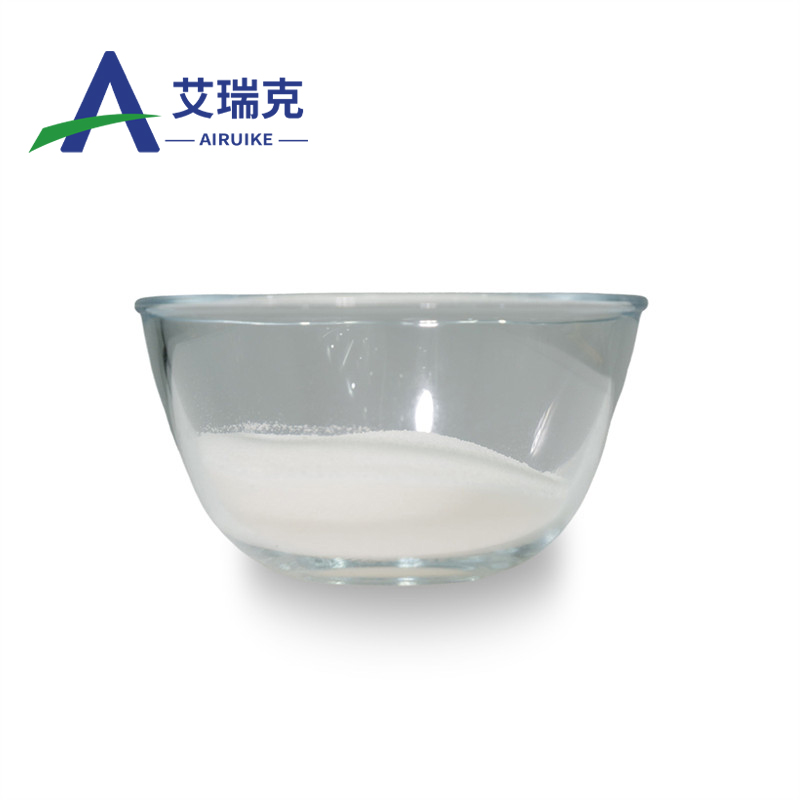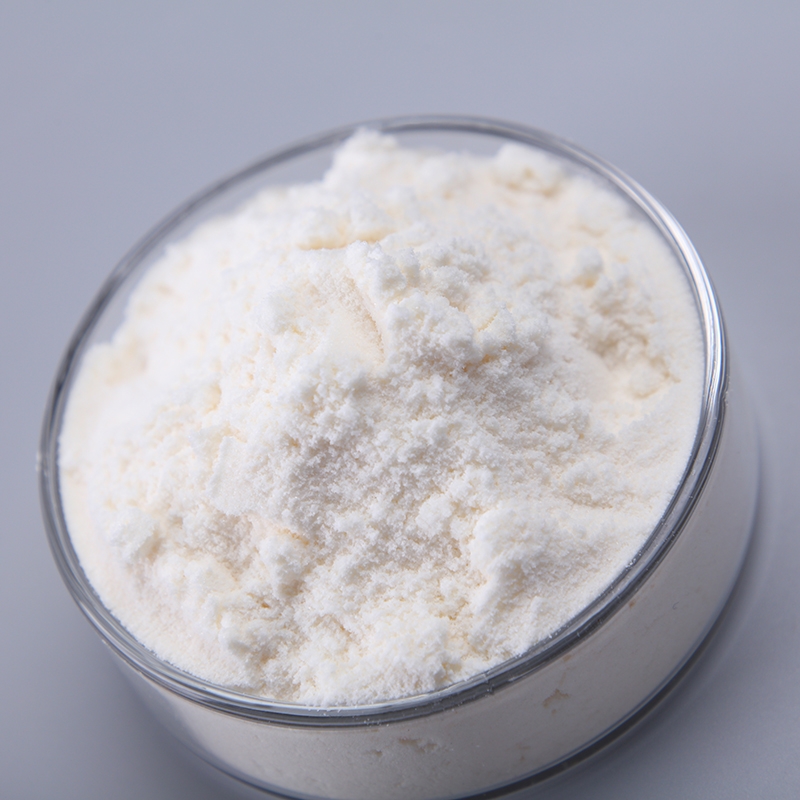-
Categories
-
Pharmaceutical Intermediates
-
Active Pharmaceutical Ingredients
-
Food Additives
- Industrial Coatings
- Agrochemicals
- Dyes and Pigments
- Surfactant
- Flavors and Fragrances
- Chemical Reagents
- Catalyst and Auxiliary
- Natural Products
- Inorganic Chemistry
-
Organic Chemistry
-
Biochemical Engineering
- Analytical Chemistry
-
Cosmetic Ingredient
- Water Treatment Chemical
-
Pharmaceutical Intermediates
Promotion
ECHEMI Mall
Wholesale
Weekly Price
Exhibition
News
-
Trade Service
Love may be a human nature, and everything always wants to distinguish between high and low
.
Just as after watching the movie "Aquaman", many fans in the film and television industry have a heated discussion about "after Aquaman gets the real trident, can the strength be stronger than Superman", and in recent years, the discussion around two thrombolytic drugs in the field of cerebrovascular disease has been equally hot, "Can it be replaced?" "Will it surpass?" .
.
.
.
.
.
For patients with acute ischemic stroke (AIS), when to see a doctor, where to seek medical attention, what kind of treatment, when to start.
.
.
And so on, each choice is intertwined and determines the patient's prognosis - or clinical recovery, or varying degrees of functional loss, or even death.
.
.
When it comes to intravenous thrombolytic therapy for patients with AIS, it is impossible not to mention alteplase (rt-PA), since the publication of the NINDS trial in 1995, rt-PA The efficacy and safety of AIS was confirmed, and the FDA approved the following year.
.
.
.
More than 20 years of exploration of the adaptation of thrombolytic therapy to the population, time window, and new drug options, but until today, Authoritative guidelines at home and abroad still consistently recommend rt-PA as the gold standard
for AIS thrombolysis.
In terms of new drugs, tenecteplase (TNK) has been modified by bioengineering to have more potentially advantageous properties in pharmacokinetics, and there are also high hopes
.
Figure 1 rt-PA
Figure 2 TNK
Figure 3In terms of structure, TNK and rt-PA are highly similar (Figures 1, 2) and the thrombolytic mechanisms are identical (Figure 3)1
.
TNK is a variant of the three sites of rt-PA bioengineering
.
The first is 103 sites, asparagine replaces threonine, bringing about a prolonged half-life of drug action, group injection can be, but if the patient's condition changes or new problems arise during treatment, it is impossible to stop the drug at
any time like rt-PA.
The second is 117 locus, glutamine replaces asparagine, from the perspective of mechanism, TNK fibrin specificity is improved, compared with the clinical safety of rt-PA, more evidence-based evidence
is needed.
The third is the 296-299 site, 4 alanine replace lysine, histidine and 2 arginine, respectively, from the perspective of mechanism, TNK's ability to resist PAI-1 is enhanced, but the clinical effectiveness also needs more clinical data to confirm.
It should be pointed out that domestic TNK is not a biological analogue of the original TNK, and domestic TNK cannot cite the clinical data of the original TNK to confirm its safety and efficacy
.
Next, let's take a look at the efficacy and safety data of the original TNK and domestic TNK clinical studies?
In many clinical studies of original TNK versus rt-PA, the original TNK showed no inferior recanalization and clinical benefit to the latter, and did not increase the risk of
bleeding.
Among them, the AcT study is the first phase III clinical trial
to prove that the original TNK is not inferior to rt-PA.
AcT Study 2 was a phase III.
, multicenter, prospective, randomized, parallel, open-label, blinded assessment outcome (PROBE) non-inferiority clinical study that included patients with AIS who met the indications for intravenous thrombolysis within 4.
5 hours of onset, 1:1 randomized to receive 0.
25 mg/kg original TNK or 0.
9 mg/kg rt-PA, with a unilateral non-inferior efficacy cut-off of 5%
。 The primary endpoint of the study was 90-day mRS 0-1, and the primary safety endpoint included 90-day mortality, symptomatic intracranial hemorrhage within 24 hours, etc
.
From December 2019 to January 2022, a total of 1600 patients were randomized, and finally 1577 people entered intention-to-heart analysis (ITT), including 771 in the rt-PA group and 806 in the original TNK group, and there was no significant difference
in the demographic data between the two groups.
The results showed that 36.
9% of the original TNK reached the primary endpoint (90-day mRS 0-1 score) compared with rt-PA in the ITT population
vs.
34.
8% (risk difference 2.
1%, 95% CI: -2.
6 to 6.
9), with a lower bound of -2.
6 for 95% CI for non-inferiority analysis, reaching the set threshold (Figure 4).
Figure 4
In terms of safety endpoints, there were no significant differences in 90-day mortality (15.
3% vs.
15.
4%), 24-hour symptomatic intracranial hemorrhage (3.
4% vs.
3.
2%), and PH2 hemorrhage (2.
6% vs.
2.
4%) (Figure 5).
Figure 5
Simply put, the efficacy and safety of the original TNK are similar
to rt-PA.
Based on the original TNK-related research, domestic and foreign guidelines also recommend TNK to a certain level in some patient populations (Figure 6).
Figure 6
Although the original TNK has not yet been marketed in China, the domestic TNK that has been approved for myocardial infarction in China is also carrying out cerebral infarction-related research, and the preliminary resultsof its AIS phase III clinical study TRACE II were recently announced at the 14th International Stroke Congress (WSC 2022).
TRACE
II is a multicenter, prospective, randomized, open-ended, endpoint blinded, parallel controlled, non-inferior efficacy phase III.
clinical study
evaluating the efficacy and safety of TNK (0.
25mg/kg) compared with standard-dose rt-PA (0.
9mg/kg) in the treatment of acute ischemic stroke (onset < 4.
5 hours).
A total of 1430 subjects were enrolled in this study, and the results showed that the proportion of domestic TNK with a 90-day mRS score of 0-1 in the primary efficacy endpoint was 62.
7% (421/671 patients; 95% CI: 58.
96, 66.
41), non-inferior to rt-PA group 59.
2% (380/642 cases; 95% CI: 55.
28, 63.
02) (Figure 7).
Figure 7
There was no significant difference
in the safety endpoint.
However, domestic TNK showed higher values such as symptomatic intracranial hemorrhage (2.
1% vs.
1.
8%), mortality (6.
5% vs.
5.
0%), and PH2 type hemorrhage (1.
4% vs.
0.
4%) within 36 hours (Figure 8).
Figure 8
In other words, the efficacy of TNK in China is not inferior to rt-PA, and there is no statistical difference in safety, but the value of symptomatic intracranial hemorrhage, mortality, and PH2 type hemorrhage within 36 hours is higher than that of rt-PA
.
At present, there is no comparative study of TNK and the original TNK in China, so it is not a biosimilar of the original TNK, and the relevant safety and efficacy data
of the original TNK cannot be cited.
Clinicians often look forward to new drug use, but in fact, TNK has not been approved
worldwide in the field of acute ischemic stroke.
So in the current policy context: can domestic TNK be used beyond the label for clinical use? What conditions need to be met for use beyond the specification?
In March this year, China's new "Physician Law" was officially promulgated and implemented, putting forward specific guidelines for the principle of medication, and off-label drugs need to meet four principles at the same time, one of which is indispensable (Figure 9).
According to the current research evidence and guideline recommendations, compared with rt-PA, the application background of new thrombolytic drugs is not "no effective or better treatment", and domestic TNK still needs more clinical research to enrich its evidence-based medical evidence
.
Therefore, domestic TNK does not meet the conditions
for off-label medication.
Figure 9
As we all know, clinicians have to make the most scientific and reasonable choices among a variety of cost-effective treatment options every day, and it is important
to keep abreast of all kinds of complex information.
Returning to the new thrombolytic drug TNK, from the level of evidence, more clinical studies are still needed to explore its efficacy and safety
.
Just as Superman is still Superman, Aquaman, who has a trident, wants to be stronger than Superman and needs to grow
further.
In short, at present, patients with AIS within 4.
5 hours of onset are still the "gold standard" for intravenous rt-PA thrombolytic therapy
.
It is expected that more clinical studies will enrich the scope, safety and efficacy of new drugs in the future, and bring more effective and safe therapeutic drugs to the clinic!
References
[1] SUN Xuhong,WU Jing.
TNK in the treatment of acute ischemic stroke[J].
Chinese Journal of Clinical Neuroscience,2019,27(06):676-686+699.
)
[2] Menon BK, Buck BH, Singh N, et al.
Intravenous tenecteplase compared with alteplase for acute ischaemic stroke in Canada (AcT): a pragmatic, multicentre, open-label, registry-linked, randomised, controlled, non-inferiority trial.
Lancet.
2022; 400(10347):161-169.
Typesetting/Editor: Song Qi
Reviewed: Hsu Bongyan
At present, 1130000+ doctors have followed and joined us







